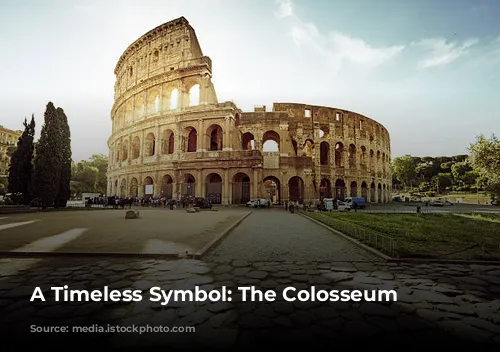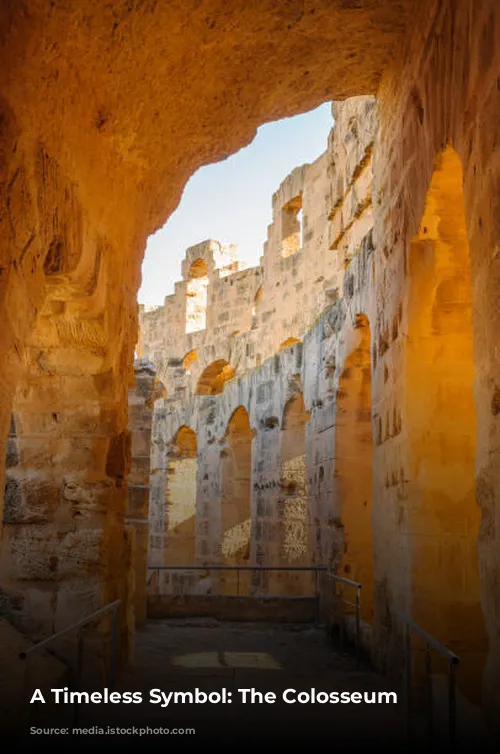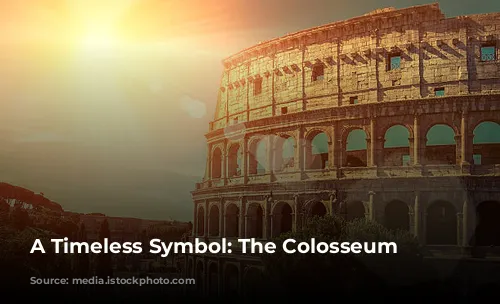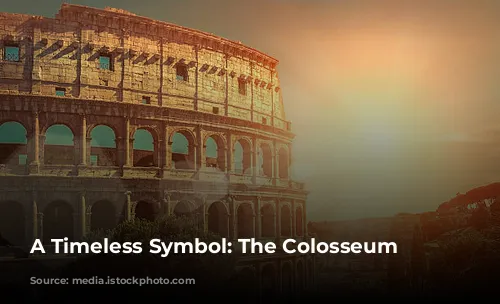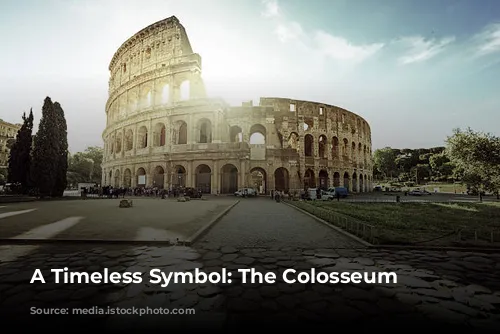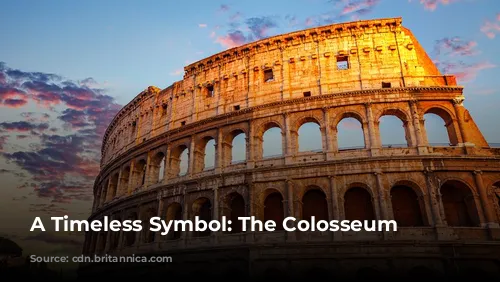The Colosseum, a magnificent amphitheater that stands as a testament to ancient Rome’s architectural brilliance and engineering prowess, is one of the few remaining structures from the Roman Empire that has survived largely intact. This iconic landmark continues to be a major draw for tourists, contributing significantly to Italy’s tourism revenue. In 2018 alone, the Colosseum, Roman Forum, and Palatine Hill together generated an impressive $63.3 million (€53.8 million), making them the top tourist attraction in Italy.
From Arena to Fortress and Back
The Colosseum’s history is rich and multifaceted, spanning centuries and reflecting the ebb and flow of Roman power and influence. After the decline of the Western Roman Empire, the once-grand arena fell into disrepair. The 12th century saw the Frangipane and Annibaldi families repurpose the Colosseum as their fortress, a stark contrast to its original purpose. In the late 15th century, Pope Alexander VI allowed the Colosseum to be used as a quarry, further degrading its majestic structure. This neglect continued for over a thousand years until state-funded restoration efforts began in the 1990s.
A Symbol of Imperial Power and Entertainment
The Colosseum’s construction was a grand undertaking, reflecting the ambition of the Flavian emperors to revitalize Rome after the tumultuous year of the four emperors. The emperor Vespasian, much like his predecessors, envisioned the Colosseum as a center for entertainment, hosting thrilling spectacles like gladiator fights, animal hunts, and even mock naval battles.

A Monument Built on Conquest and Enslavement
Construction of the Colosseum commenced under the reign of Vespasian between 70 and 72 CE. It was completed and dedicated in 80 CE by Titus, Vespasian’s son and successor. The fourth story was added by Domitian, Titus’s brother, in 82 CE. The Colosseum’s construction was financed through the spoils of war, specifically the plunder from Titus’s sacking of Jerusalem in 70 CE. Even more disheartening, Jewish slaves from Judea were forced to labor on this grand project.
A Giant of Stone, Concrete, and Tuff
The Colosseum, also known as the Flavian Amphitheater, is an awe-inspiring elliptical structure built of stone, concrete, and tuff. Towering four stories high, it measures a staggering 620 by 513 feet (189 by 156 meters) and had the capacity to accommodate up to 50,000 spectators. Its grandeur and size made it the perfect setting for the gladiatorial combat that it is most famous for.
A Testament to Flavian Ambition
The Colosseum stands as a powerful testament to the ambition of the Flavian emperors, particularly Vespasian. Located just east of the Palatine Hill, it was built on the site of Nero’s Golden House, a lavish palace that was demolished by Vespasian. The emperor chose to replace Nero’s private lake with a public amphitheater, a symbolic gesture that emphasized his commitment to the Roman people.

A Triumph of Engineering and Architecture
The Colosseum’s design and construction showcase the ingenuity of Roman engineers and architects. Unlike earlier amphitheaters, which were often built into hillsides for support, the Colosseum is a freestanding structure. Its impressive architecture features a complex system of barrel vaults and groin vaults, all supported by a sturdy framework of travertine, volcanic tufa, and concrete. The three main stories are adorned with arcades framed by engaged columns, following the Doric, Ionic, and Corinthian orders, a design that influenced Renaissance architecture.
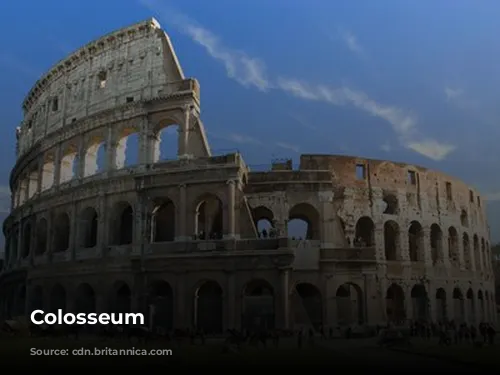
A Venue for Epic Spectacles
The Colosseum offered a captivating experience for its spectators, who were protected from the sun by a massive retractable velarium (awning). This awning, supported by masts extending from the Colosseum’s top story, required hundreds of Roman sailors to operate its intricate rigging. The Colosseum hosted a multitude of spectacles, including gladiatorial combat, animal hunts, and even mock naval battles. While its role in the martyrdom of early Christians remains uncertain, the Colosseum undeniably played a pivotal role in the social and political life of ancient Rome.
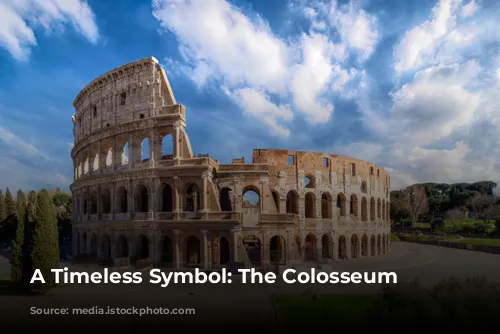
A Monument Restored and Preserved
The Colosseum has faced a turbulent history, undergoing periods of neglect, repurposing, and destruction. In medieval times, it served as a church, then as a fortress for prominent families. Lightning strikes, earthquakes, vandalism, and pollution further ravaged the structure, leaving it stripped of its marble seats and decorative materials. However, the Colosseum’s grandeur and historical significance have inspired numerous restoration efforts, beginning in the 19th century and continuing to this day. The Colosseum stands as one of Rome’s most beloved tourist attractions, drawing close to seven million visitors annually. Today, the Colosseum continues to captivate visitors with its impressive architecture, captivating history, and enduring legacy as a symbol of ancient Rome’s power and grandeur.
